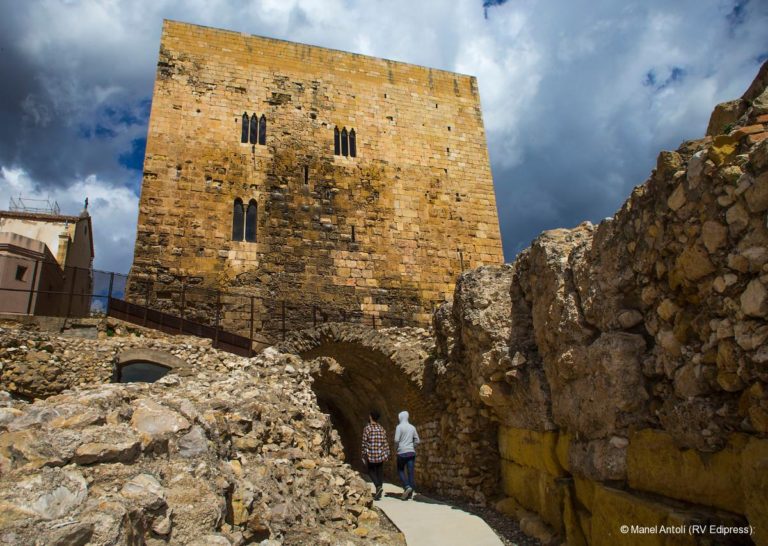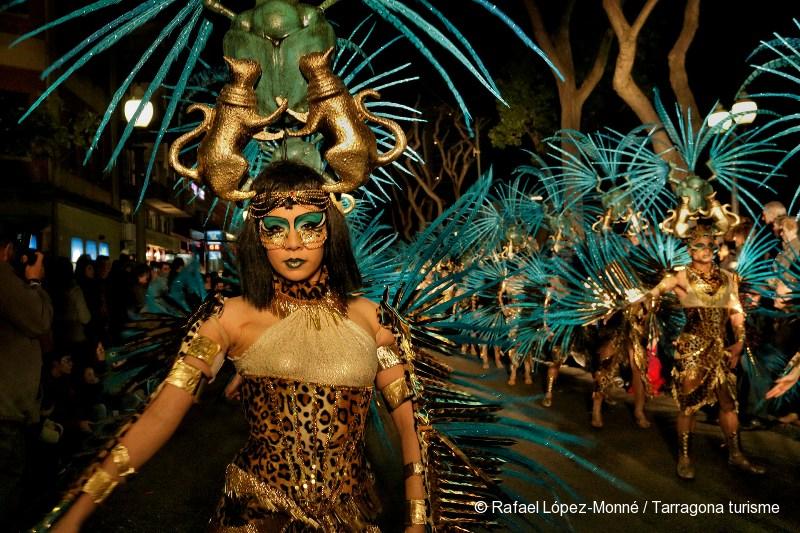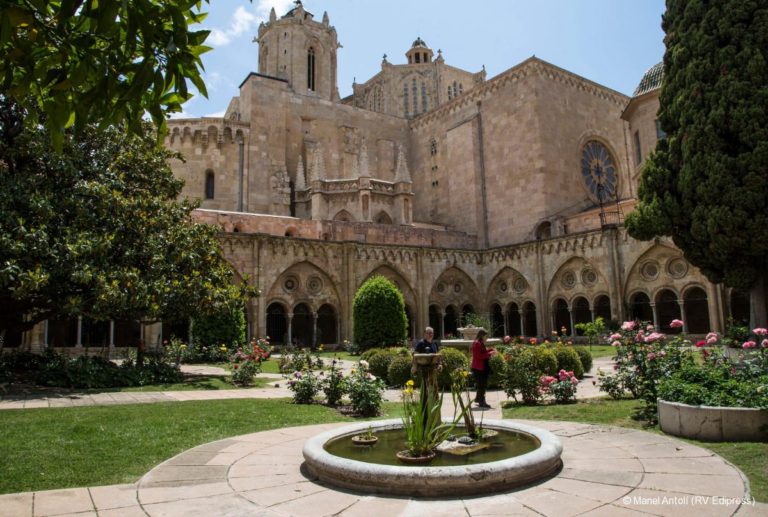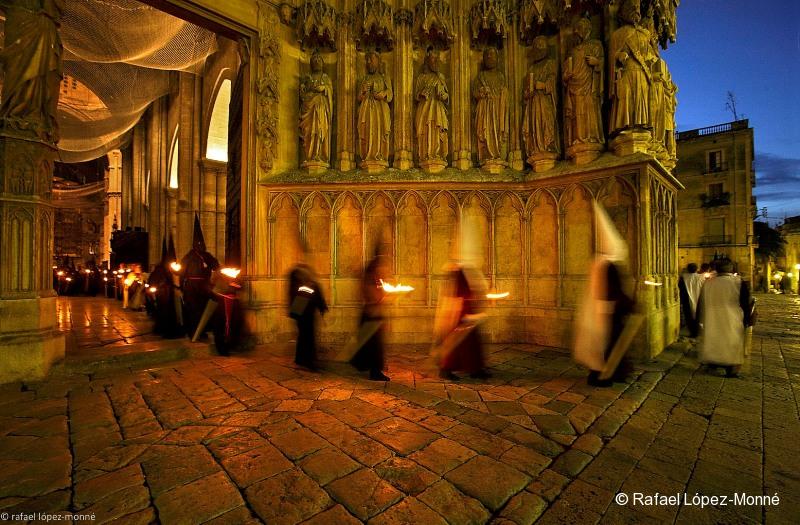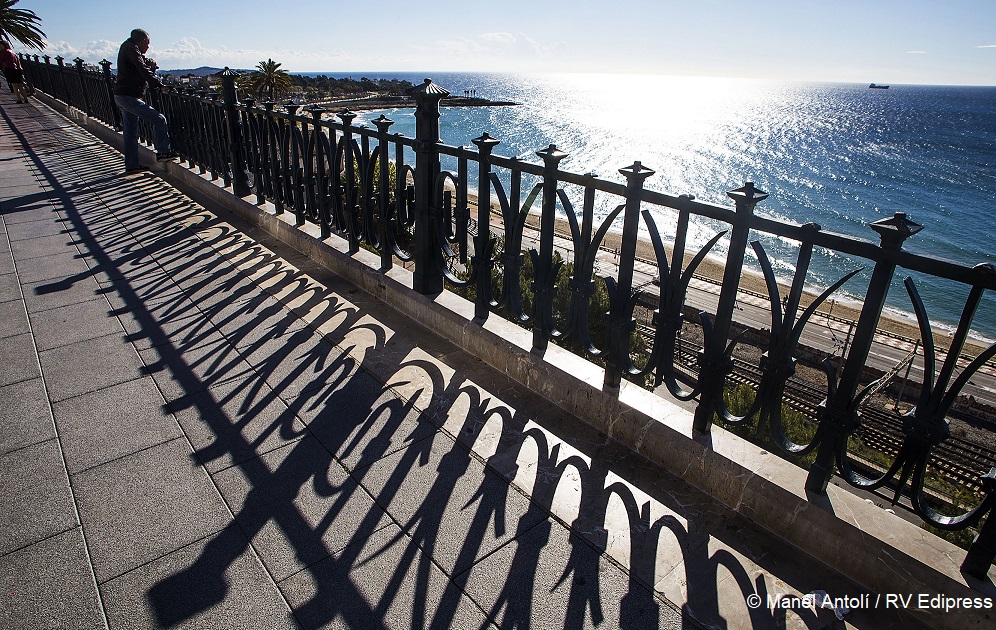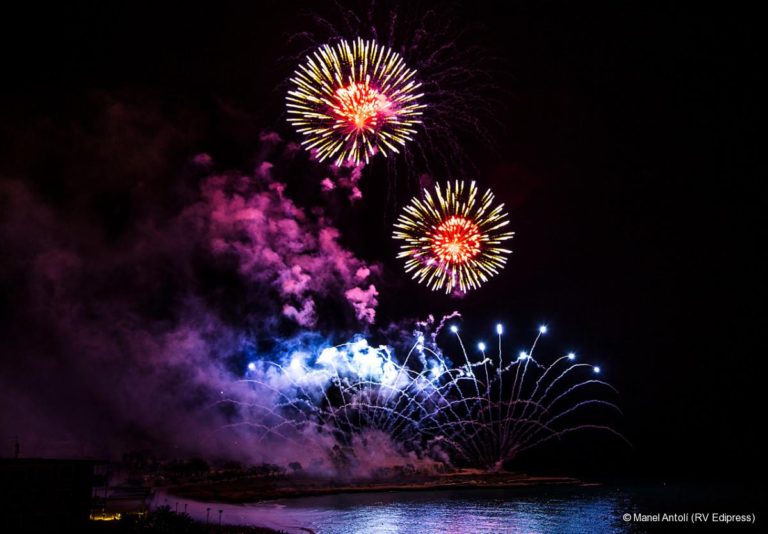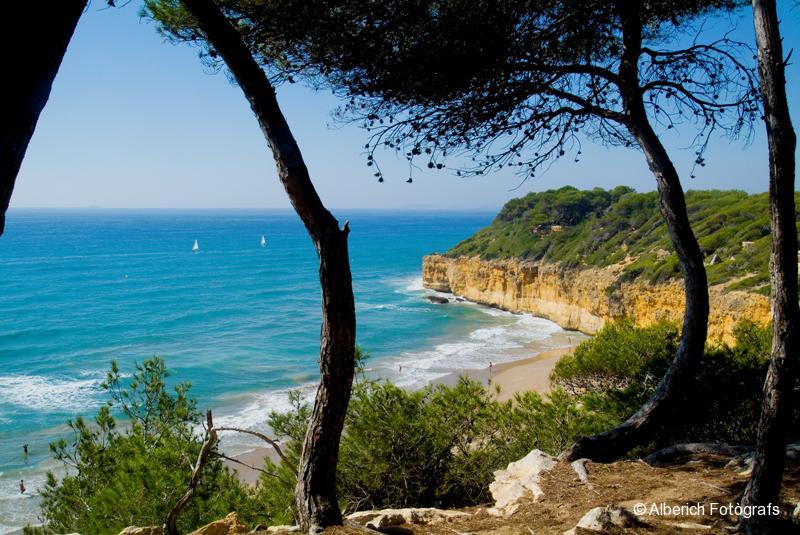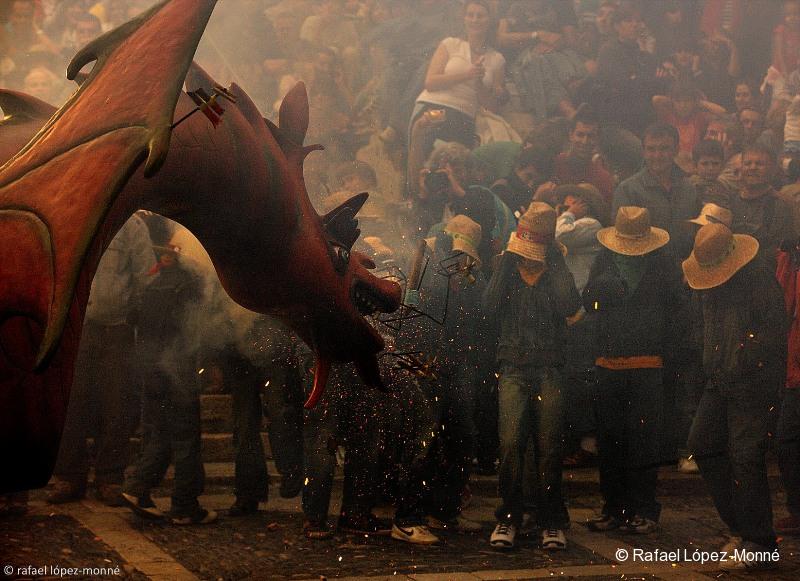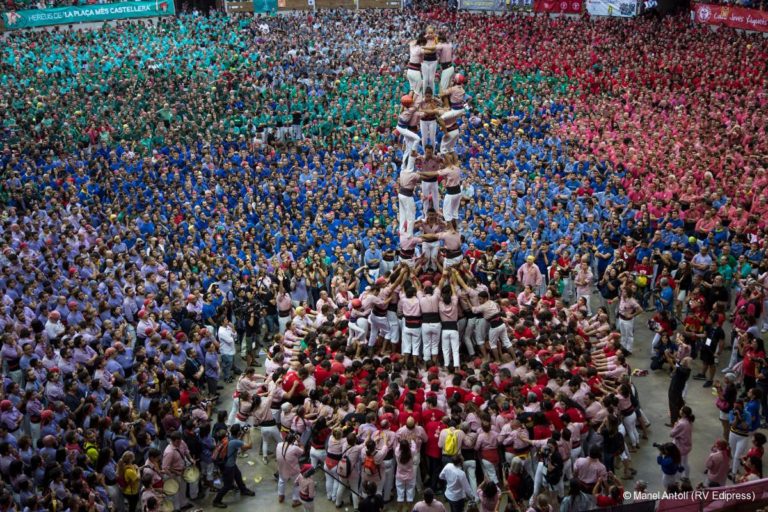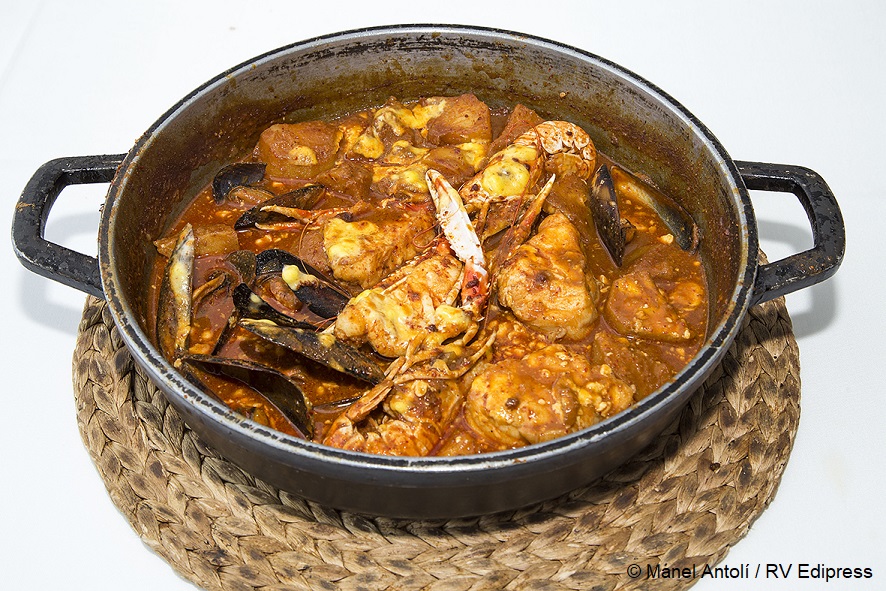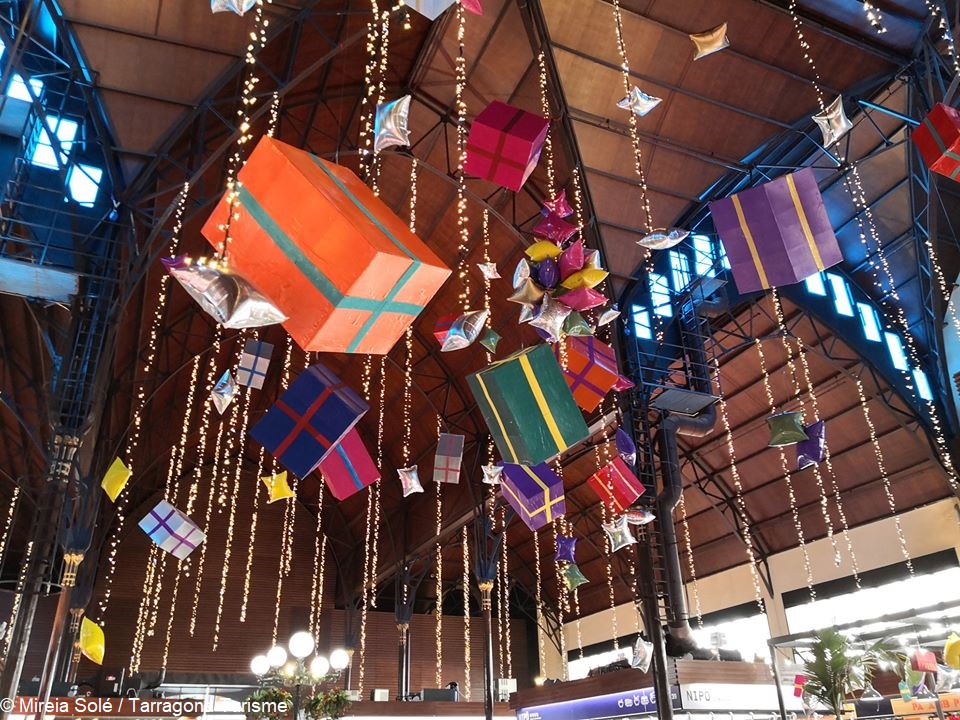During the twelve months in Tarragona, a great number of important events take place.
Have you thought that 2021 could be the year you discover them?
At the heart of the Costa Daurada, just over an hour’s drive from Barcelona, the city offers a wealth of experiences every month of the year.
Heritage, ancient traditions, fabulous beaches, great food and the unique chance to experience history first-hand.
These are just some of the reasons that make Tarragona the perfect destination at any time, with a calendar packed with attractions for every month of the year.
January: the monumental marvel that is Roman Tarraco
The jewel of the monumental ensemble of Tarragona. Declared a World Heritage Site by UNESCO in 2000, Roman Tarraco is still very much alive and can be found alongside contemporary Tarragona in every corner.
Here you will find exceptional monuments such as the best-preserved Roman Circus of the Western Roman Empire, a unique early Christian necropolis, and more than a kilometre of ancient walls.
This Roman heritage can easily fill a stay of several days, with visits to the collections of the National Archaeological Museum of Tarragona and the History Museum.
You can also experience trips to other remains in surrounding towns such as Altafulla, Constantí and Roda de Berà.
February: the wild revelry of Carnival
Carnival in Tarragona is one of the most participative in Catalonia with around 2,000 people taking part in the main event: the ‘Rua de l’Artesania’ parade on Carnival Saturday.
But it’s not just a matter of numbers.
The comparses (carnival troupes) of Tarragona are particularly proud of the designs and choreography they produce every year, constantly surpassing themselves in originality.
They compete for the coveted prize of playing the parts of Carnival King and Concubine during the days that the city submits to uncontained revelry.
The gala event of the ‘Disfressa d’Or’ (Golden Costume) is bound to amaze you and make you an unconditional fan of one of the best-loved traditions of the people of Tarragona.
March: medieval Tarragona
It’s not hard for the stunning Cathedral of Tarragona, which presides over the Part Alta from its upper terrace, to eclipse the rest of the city’s medieval legacy.
The old quarter of the city, enclosed by its Roman walls, is full of references to the Middle Ages, from the Gothic mansions in Cathedral Square to Romanesque gems such as the chapel of Sant Pau and buildings constructed from Roman remains, such as the Praetorium and the Tower of the Nuns.
And, of course, the Cathedral, its cloister and the Diocesan Museum, which are bound to steal your heart.
April: the spirituality of Holy Week
While the Part Alta of Tarragona exudes charm no matter what time of the year it is, during Holy Week it becomes an almost magical scenario of worship.
During these days, darkness, the hypnotic sound of the Armats (armed soldiers) and the beauty of the passos (some of which were created by such outstanding artists as Josep Maria Jujol) are simply mesmerizing, whatever your religious beliefs.
The spirituality of Holy Week culminates on the evening of Good Friday with the procession of the Holy Burial, documented since 1550, in which nineteen passos take part.
Before the departure, the Armats go from church to church to collect each of the passos in one of the most traditional events of a festival that has been declared a Traditional Festival of National Interest by the Government of Catalonia.
May: a journey of 2,000 years back in time with Tarraco Viva
Tarragona not only offers the chance to marvel at its monumental Roman legacy: you can also see it, feel it, and hence understand it better than ever.
This is the aim of the annual historical re-enactment known as Tarraco Viva, which for a fortnight in May revives the ancient inhabitants of Tarraco.
The intention is to offer a portrait of life during Roman times, with the utmost accuracy endorsed by historical documentation as its leitmotif.
During this very special period, life as it was two thousand years ago reawakens beneath the vaults of the Circus and the area around the Roman walls is transformed into a military encampment.
June: a stroll around Modernism
The month with the longest daylight hours is the best time to stroll through the centre of Tarragona and discover what is possibly the city’s least-known heritage: Modernisme.
On Rambla Nova there are still a number of façades featuring this popular style (also known as Catalan art nouveau) by architects such as Ramon Salas and Josep Maria Pujol de Barberà.
The rest of the city also has many hidden treasures: several works by the leading Modernist architect Josep Maria Jujol (such as the original Metropol Theatre), a Central Market that has been returned to its former glory following the restoration in 2017 of its wrought ironwork and the trencadís (ceramic tile mosaics) in their original style, and even the first documented work by Antoni Gaudí.
July: a competition full of light and colour
In the first week of July, the night skies of Tarragona are a spectacle to behold.
The “Ciutat de Tarragona” International Firework Competition goes back many years (1990) and has become one of the most iconic events in the Mediterranean.
For four nights, firework companies compete at Punta del Miracle to offer spectators the very best of their pyrotechnic art, and the winner is charged with putting on the firework display for the town’s main festival of Santa Tecla.
To round off the extravaganza, the Restaurant Association of the Part Alta offers tasting sessions on Passeig de les Palmeres, a fantastic spot to watch the competition while savouring Tarragona’s cuisine.
August: fifteen kilometers of coastline to discover
With fifteen kilometres of coastline, there is a wide variety of beautiful beaches in Tarragona whose appeal is not restricted to the summer months.
Much of the city’s natural appeal can be found alongside the Mediterranean, specifically the Anella Verda (Green Ring), including such glorious spots as the beaches of Platja Llarga and Punta de la Móra.
The hiking path that runs around the city offers the perfect opportunity to immerse yourself in a unique protected natural area, the Bosc de la Marquesa, which is also the gateway to some of the city’s most beautiful coves.
And let’s not forget the happy association between medieval heritage and the Mediterranean Sea offered by the Castle of Tamarit and its surrounding beaches.
September: experience Santa Tecla like a Tarragona native!
Tarragona takes to the streets during the second half of September to take part in the festivities that local residents look forward to the whole year: Santa Tecla.
Documented since the fourteenth century, the event has been designated a Festival of Tourist Interest by both the Catalan and Spanish governments and represents a truly participative outpouring of Tarragona society.
Its spectacular Seguici Popular (popular retinue), the massively attended Baixada de l’Àliga, the cultural programme and the festival’s high point of the entrance of the reliquary to the Cathedral are just some of the events taking place.
Nobody should miss the chance to experience Santa Tecla , if only once in their lives!
October: the world’s biggest human tower building event
Few emotions can rival the thrill of experiencing a diada castellera (human tower-building event).
In Tarragona, the four local colles (teams) start their season every year on St George’s Day (Sant Jordi), but it is from June onwards that the most intensive competition kicks off, when their urge to reach higher and higher unites the efforts of hundreds of castellers.
Tarragona also offers the chance to get a really hands-on, authentic experience of this event, which has been declared as Intangible Cultural Heritage, with its City of Human Towers programme.
And if that weren’t enough, 2021 is the year of the Human Tower Competition, with the world’s biggest casteller spectacle taking place over the first weekend in October and featuring the top human-tower building teams.
November: the Romesco of Tarragona
Romesco is the most traditional of Tarragona dishes, and you’ll find it in practically all the city’s restaurants, usually made from fish or shellfish, though it can also feature meat or poultry.
Romesco is also a cold sauce that is served with fish, shellfish and meat starters.
It is said that it originated on the fishing boats of El Serrallo in the early twentieth century with the only ingredients that they had to hand: garlic cloves, dry bread, dry peppers, oil, salt and wine.
The ingredients were pounded together in a mortar and added to the pot with whatever they had caught that day, creating a suquet, or stew, that they named Romesco.
Throughout November, the restaurants of Tarragona offer the chance to discover this eminently local dish with a series of Romesco-themed events that will have you licking your lips!
December: the magic of Christmas
The Tarragona of eternal spring, of that limpid Mediterranean light, is not immune to the charms of the Christmas festivities or those dark winter days.
The shorter days are offset by the stunning evening illuminations that turn streets such as Rambla Nova into an enchanted walk and the Central Market into a breathtaking space that shines with its own special light.
Not forgetting the traditional Christmas Market and Craft Fair that forms an indelible part of the scene every December.
The Home dels Nassos (Man of the Noses) offers an amusing counterpart to a New Year’s Day on which hundreds of locals insist, year after year, on plunging into the frigid Mediterranean.
The icing on the cake is provided by the magical Three Kings Procession that has taken place for more than a hundred years.


